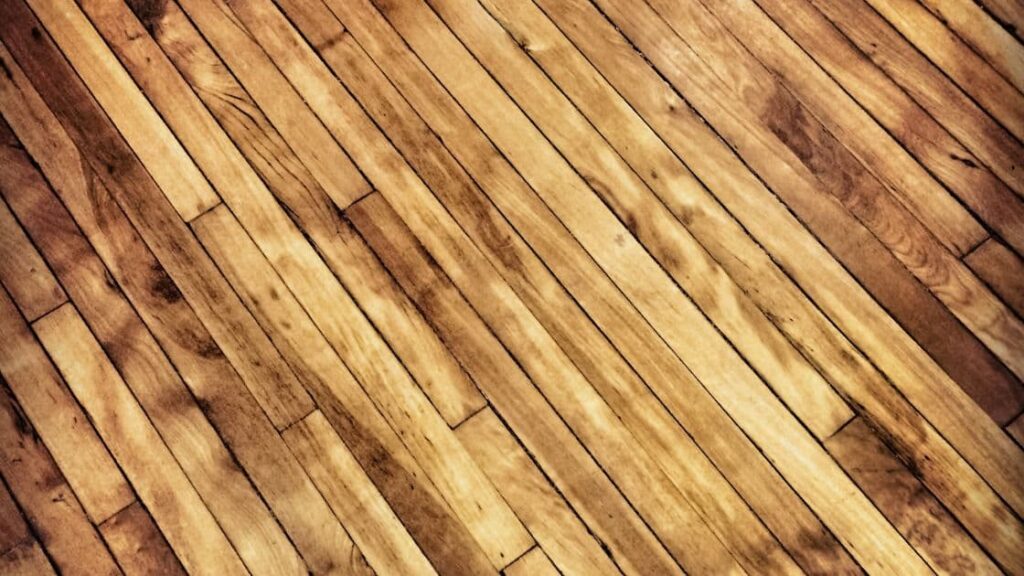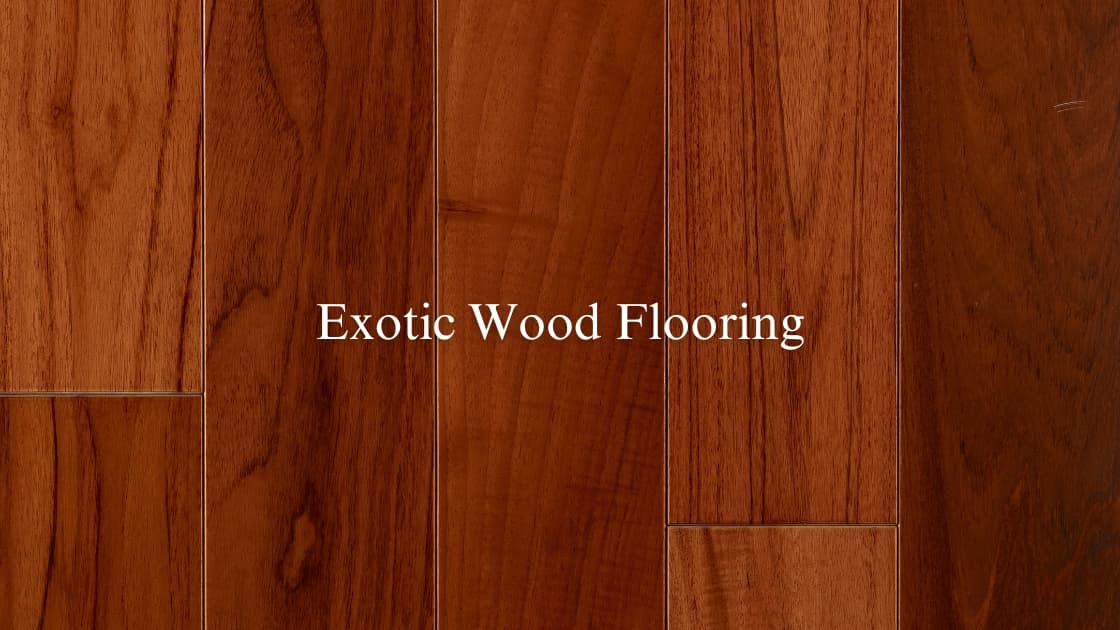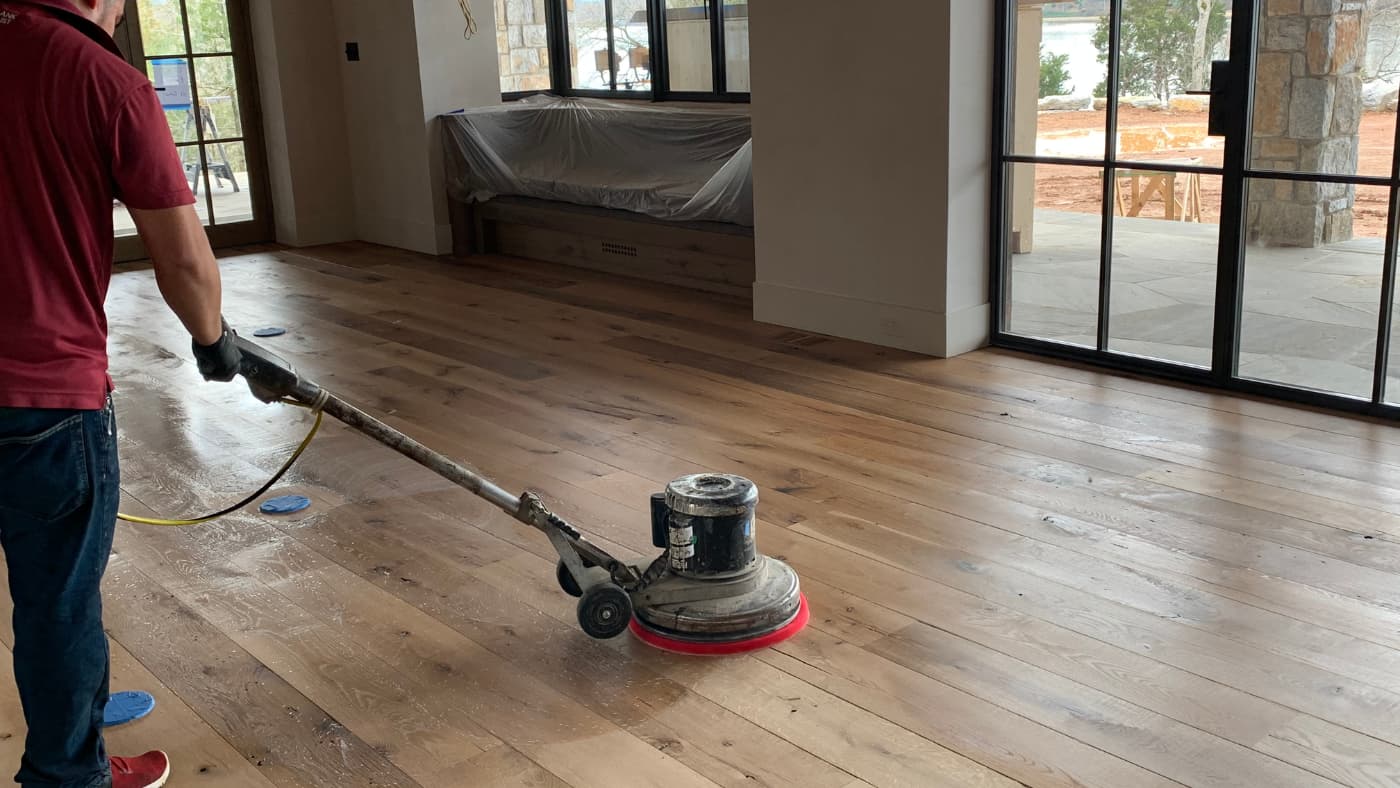Mind the Gap
4 Tips to Prevent Gapping in Hardwood Floors
In this blog post, we’ll be delving into four essential tips to safeguard your hardwood floors from the common issue of gapping. Hardwood floors, renowned for their timeless charm and resilience, can occasionally develop gaps, but with the right preventive measures, you can maintain the integrity and beauty of your flooring. Whether you’re a seasoned homeowner or a novice in the realm of hardwood floor care, these four practical tips will empower you to proactively address and mitigate the potential for gapping, ensuring your floors remain a testament to enduring elegance.
What is gapping?
Gapping refers to the separation of boards from one another, generally due to environmental factors. Because wood is a natural element, it expands and contracts based on the temperature and moisture levels in the atmosphere. Usually, when it is hot and humid, wooden boards will expand, sometimes resulting in what is called “cupping.” You can read more about cupping here. Conversely, when it is cold and dry, the boards contract, resulting in potential gaps between them.
While gapping in hardwood flooring is a natural occurrence and usually fixes itself during the warmer months, there are ways to prevent it. Below are our top 4 tips to prevent your hardwood floors from gapping.
How to Prevent Gapping
1. Proper Installation
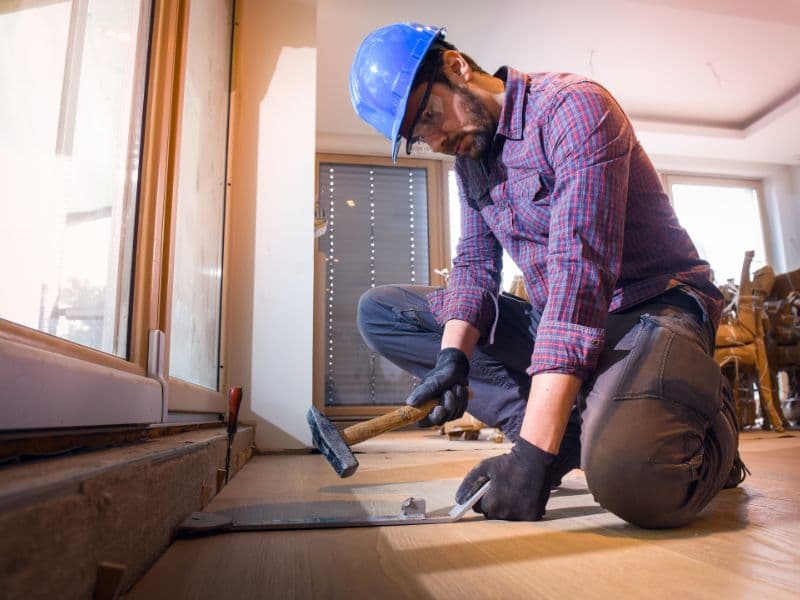

There is nothing quite as preventative as making sure the boards are properly installed to begin with. This includes making sure each board is straight and that there is proper room for expansion on the perimeter of the floor. Of course, that will depend on the type of wood you’ve chosen, which we will discuss next. Even installing one board slightly crooked or with an edge that isn’t perfectly straight can result in issues down the road. This is why we always recommend that you have a professional wood flooring specialist install your hardwood floor, especially if you are in an environment with distinct changes in seasons and high humidity levels, like East Tennessee. An expert will be familiar with the atmospheric changes, the type of wood you need, and the best way to install it to prevent gapping (and cupping).
2. Choosing the Right Kind of Wood
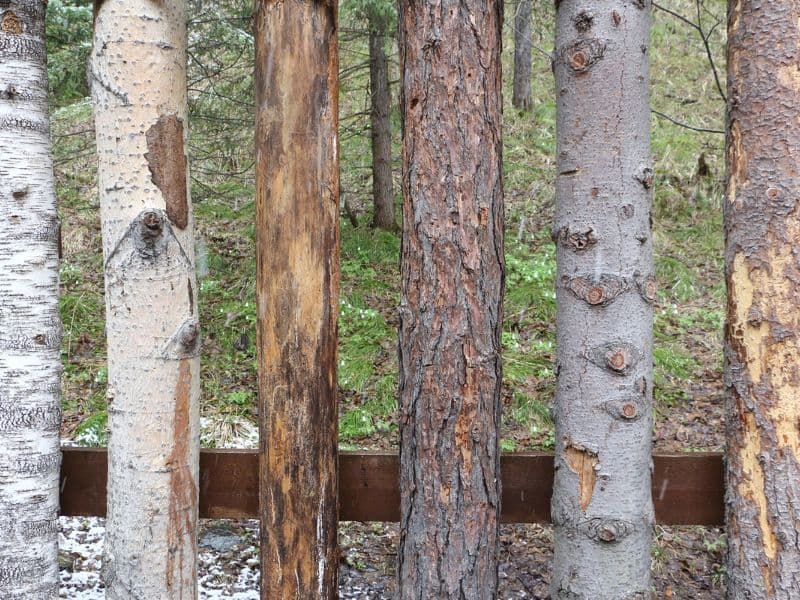

Choosing the correct wood species for your hardwood floor is also a significant factor in preventing gapping. Choosing a harder wood like white oak is an excellent choice. Harder woods are naturally more water resistant and, consequently, less resistant to environmental changes. If you want to look at different hardwoods and how they compare to softwoods, you can check out our blog, “Hardwood vs Softwood.”
You could also consider using engineered wood flooring. Some industry professionals suggest that engineered wood flooring is the best choice if you live in a humid environment. Of course, there is a debate on the validity of this statement and some controversy around why some may want to push engineered wood on you when solid wood, when properly treated and installed, can handle humidity just as well. Interested in that debate? Check out our blog, “Solid Wood vs Engineered Wood.”
3. Choose the Right Finish
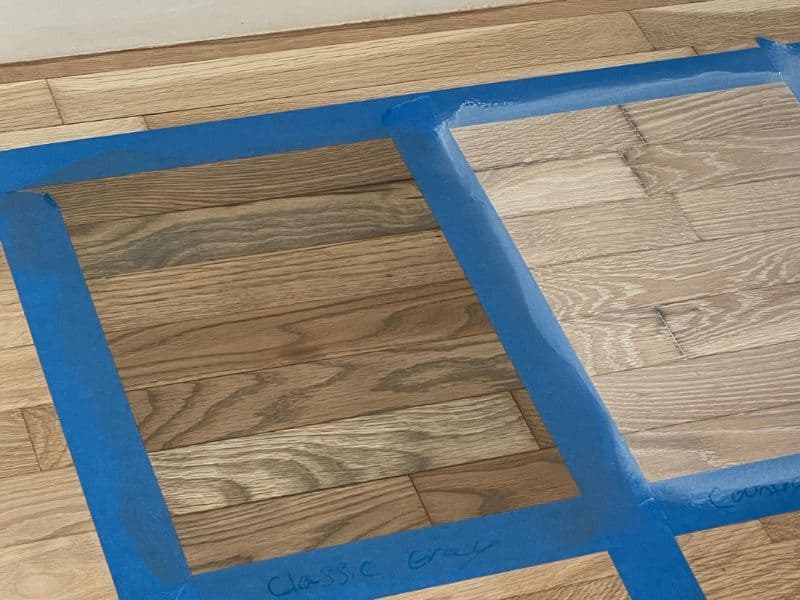

Choosing an appropriate finish is essential when it comes to preventing gaps in your wood floor. A good finish should not only add an aesthetic element to your floor; it should, first and foremost, protect your floor from external damage like dings and scratches and internal issues caused by fluctuations in moisture. There are many options to choose from, including traditional polyurethane to a more environmentally friendly natural oil. The exact type of finish that will be best for you will depend on your situation. So, you’ll once again want to talk to a specialist to decide what will work for you.
4. Control Humidity
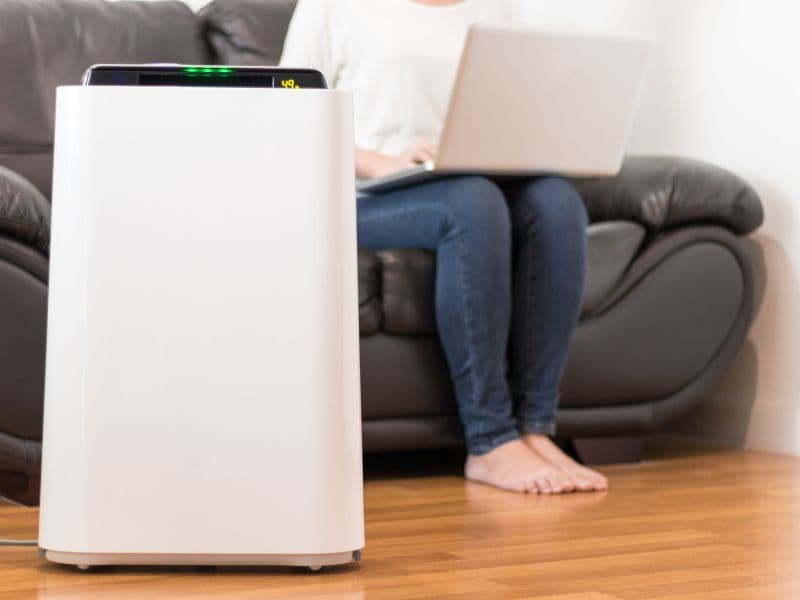

As you may have realized, most of this conversation has revolved around moisture and humidity. While you may not be able to control the weather (don’t we wish!), you can take steps to control the atmosphere inside your home or business. Utilizing a humidifier during the winter months can help keep the humidity level in your home in the optimal range, which is between 35 and 55%. You can also use a dehumidifier in the summer months if it is a particularly wet season. You’ll also want to keep the temperature inside the building between 60-80 degrees. You can learn more about hardwood and humidity here.
By following these tips, you should be able to prevent gapping in your wood floors. However, if you did not, don’t worry! There are ways to fix gaps that may occur. If you see gaps in your floor today and want to learn your options on fixing them, give us a call or fill out our consultation form. We would be happy to help!

